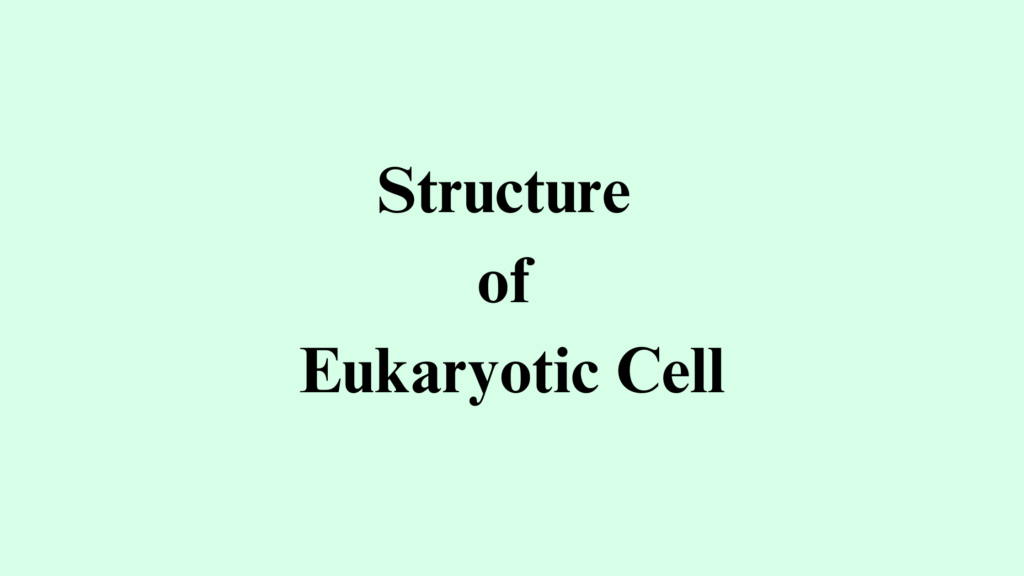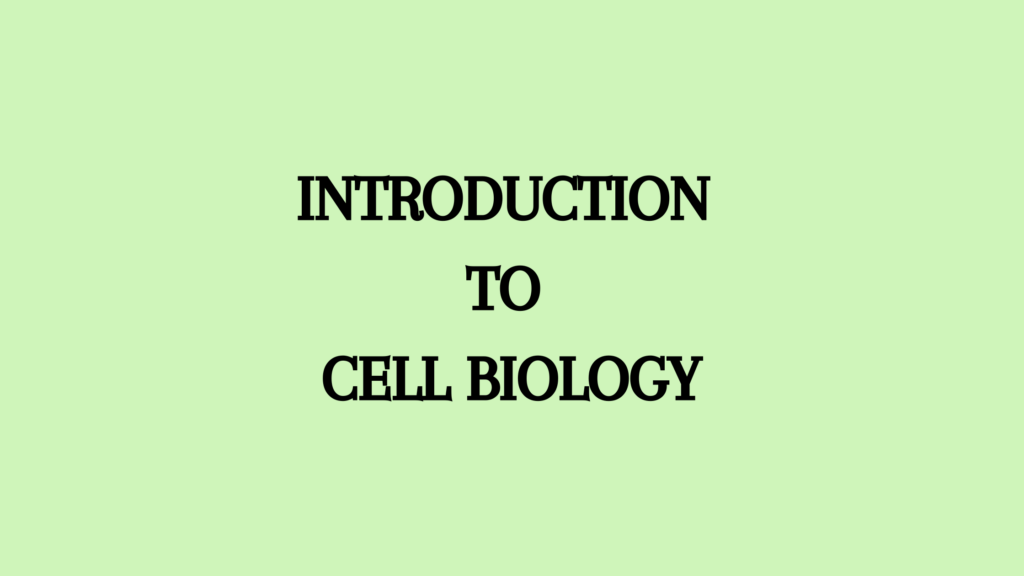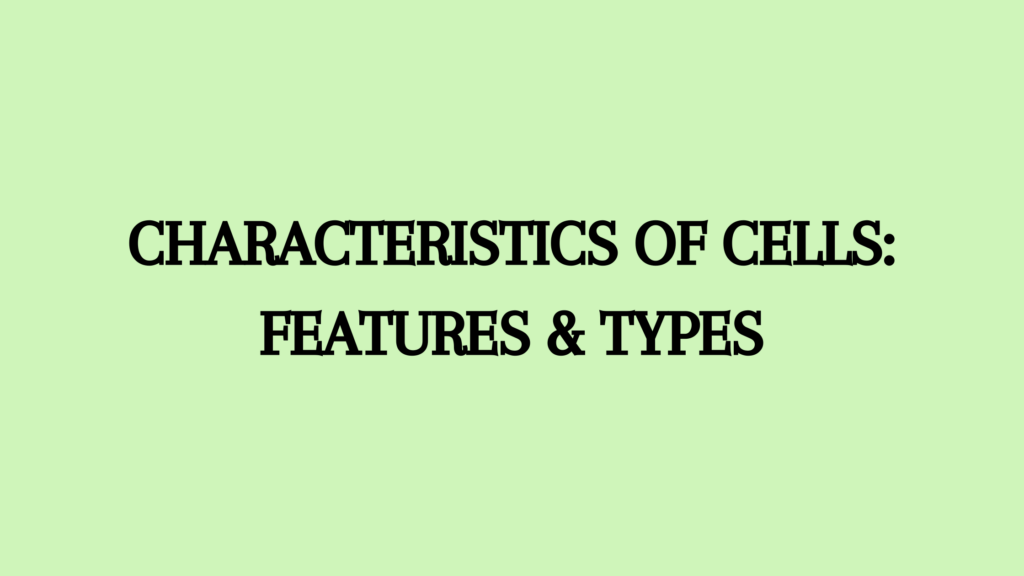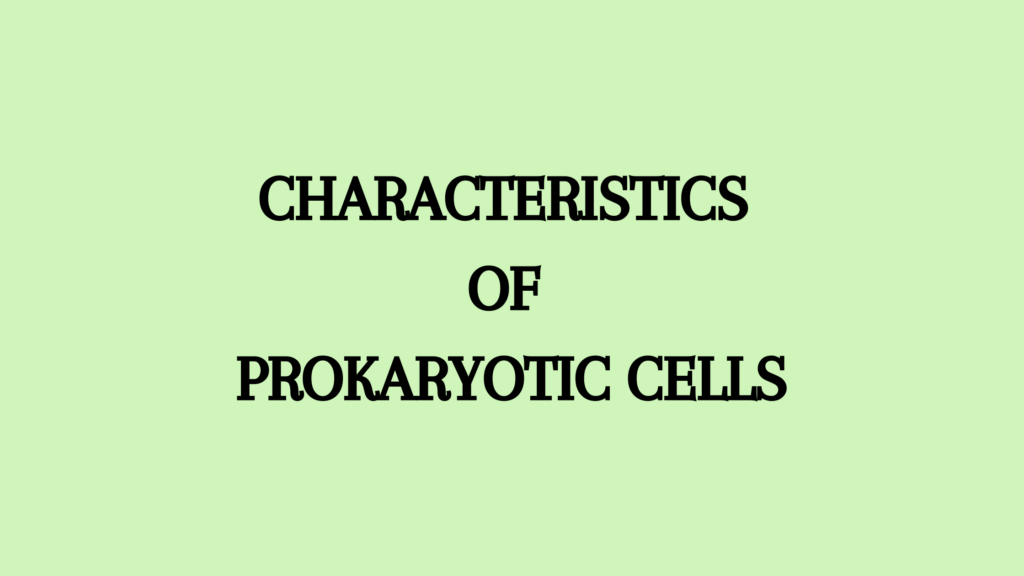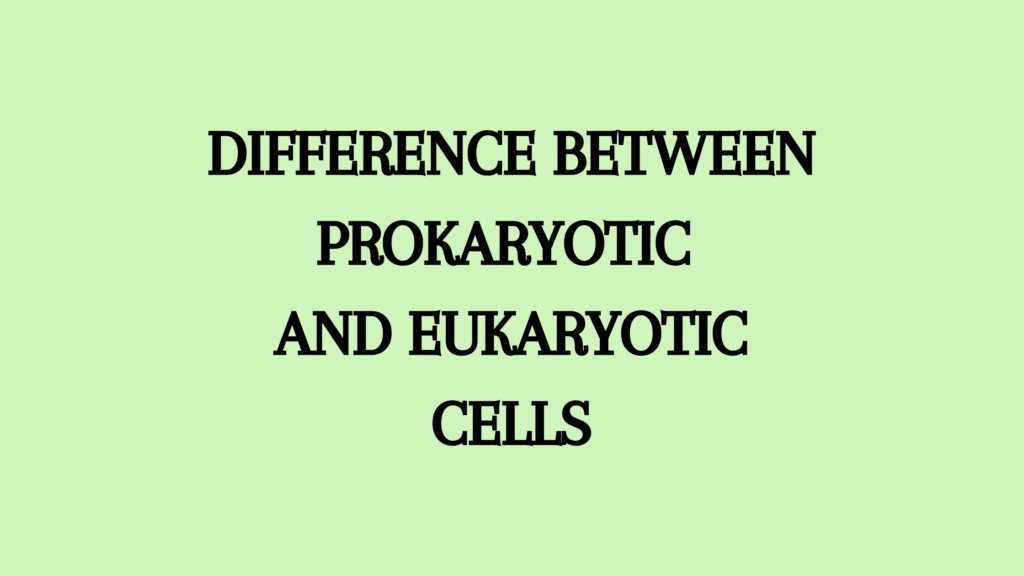The structure of eukaryotic cells reveals that it consist of a cell wall, plasma membrane, cytoplasm, and its organelles and nucleus.
Cell Wall
The protoplasm of a plant cell is separated from the external world by the cell wall, which is entirely lacking in animals.
- The cell wall is a semi-rigid, laminated, external, and non-living envelope of the cell.
- It is secreted by the cell itself and primarily contains a complex polysaccharide- cellulose.
- The cell wall protects and supports the plasma membrane and cytoplasm.
- Some plant cells have canal-like or pit-like minute apertures by which cells remain connected with adjacent cells.
- These openings or canals are called plasmodesmata.
Plasma Membrane
Most plant and animal cells have an external covering known as plasmalemma, plasma membrane or cell membrane. It is the living, ultrathin, elastic, porous, semi-permeable membranous covering of the cell. The plasma membrane functions as a mechanical support and an external barrier to the protoplasm that checks the entry or exit of substances in and out of the cytoplasm. Due to its semipermeability, it transmits necessary materials to and from the cells. It is made up of proteins and lipids.
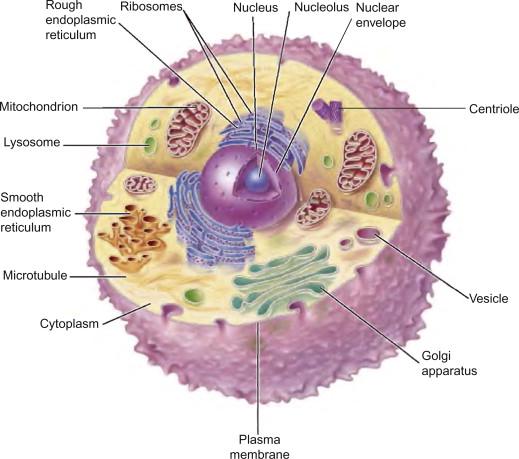
Cytoplasm
The space between the plasma membrane and nucleus is filled with an amorphous, translucent, homogenous, colloidal liquid called cytoplasm or hyaloplasm.
Cytoplasm consists of various inorganic compounds such as water, salts of sodium, potassium and other metals, various organic compounds like carbohydrates, lipids, proteins, nucleoproteins, nucleic acids and a variety of enzymes.
Cell Organelles
The peripheral layer of the cytoplasmic matrix is called ectoplasm and the inner portion is called endoplasm. Certain living and non-living structures remain suspended in this matrix.
- The living structures are membrane-bounded organelles and non-living structures are called inclusions.
- The most important cytoplasmic organelles are the nucleus, endoplasmic reticulum, ribosomes, Golgi Complex, lysosomes, peroxisomes, mitochondria, plastids, microtubules, microfilaments, centrosomes, and basal granules.
- The stored food and secretory substances of the cell remain in the cytoplasm in the form of granules forming the cytoplasmic inclusions.
- They are not metabolically active in themselves but represent the storage sites for end products of metabolic activities.
- These cytoplasmic inclusions include oil drops, yolk granules, pigments, secretory granules, starch granules in plants and glycogen granules in animal cells.
- Inclusions are not membrane-bound.
References
- Agarwal, P. V. |. V. (2004). Cell biology, Genetics, Molecular Biology, Evolution, and Ecology: Evolution and Ecology. S. Chand Publishing.
- Bhagavan, N., & Ha, C. (2010). Cells: Structure and Functions. Essentials of Medical Biochemistry, 1-7. https://doi.org/10.1016/B978-0-12-095461-2.00001-1
Additional Reading
